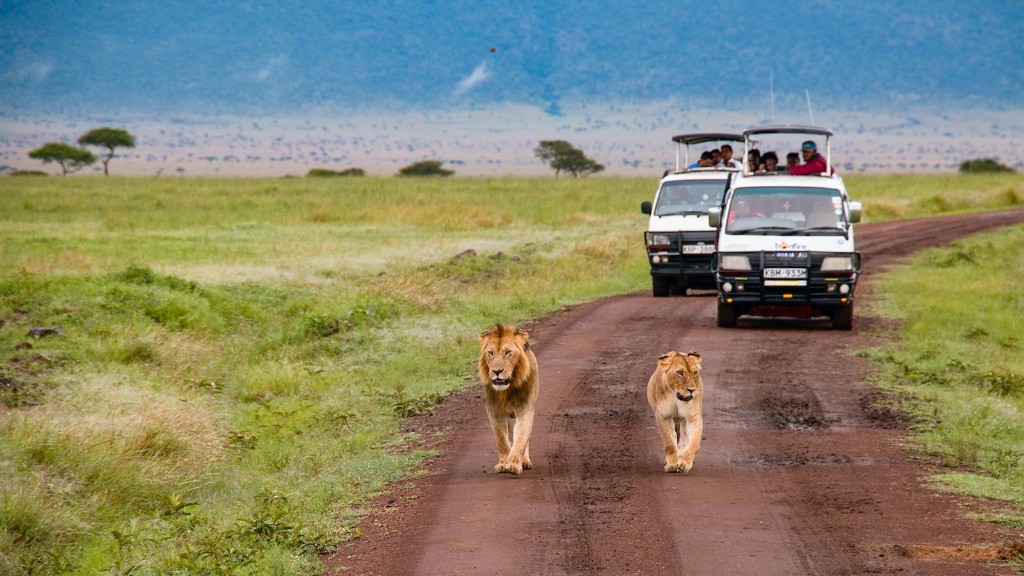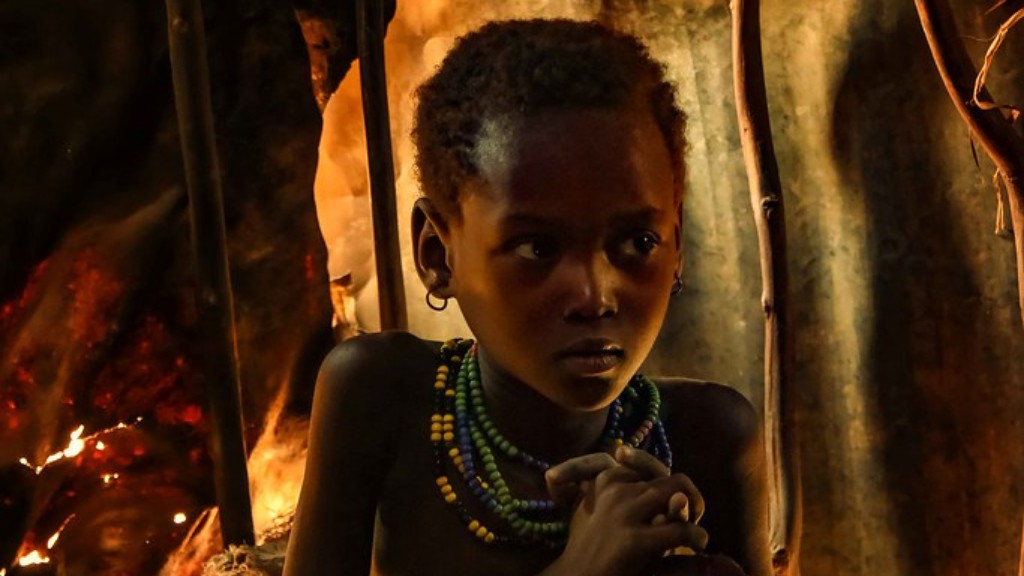Customs and Traditions
The Himba tribe of Namibia in southern Africa follows a traditional lifestyle with their own set of customs and traditions. Their main religion is Christianity which they have adopted from colonialists. They also respect their indigenous beliefs which bring them in contact with their sprits. These traditions remain hugely influential on the social, political and cultural life of the members of the tribe.
Within the Himba community, the role and responsibility of the women is extremely important. They are highly respected and are the custodians of the tribe’s culture and traditions. Women are not allowed to marry outside the Himba tribe and are expected to bear several children in order to guarantee the continuation of the tribe. Women are also responsible for building the huts and raising the children, while the men are responsible for the protection of the tribe.
Since they are a pastoral people, animal husbandry is an important activity for the Himba tribe. They maintain different types of animals including goats, cattle, sheep, donkeys, and horses as a source of milk, meat and wool. They also practice traditional farming to provide food for their living. The whole tribe helps and contribute in maintaining their farms and gardens.
Clothing and Appearance
The clothing style of the Himba tribe is unique and is used as a way to identify their group. The most common dress for men is a korto, which is made of animal skin. Women wear an ankle-length wrap-around skirt known as an oti. Women also rub their body with a mixture of butter mixed with ochre. This gives them an orange colour and is believed to act as an insect and sun protection.
Men shave their heads but leave a small strand of hair, while women leave a large Mohawk of hair. Both men and women braid their hair and decorate it with bells, beads and feathers. Both men and women also wear labrets, which is a carved piece of wood or metal worn in the lip or nose.
Religion and Beliefs
The religious life of the Himba people is heavily influenced by their indigenous beliefs. Most of them are Christian but they still hold a spiritual belief in supernatural powers. They have a belief in a greater power called the Mukuru, which is considered to be their ancestor. This belief is believed to be passed down through generations. They also believe in spirits such as the Omukazi which is a part of the dead ancestor, the Opaane which is a guardian of their cattle and the Mujiba which is considered to be a protective spirit.
Social Hierarchy
The social structure of the Himba tribe is rigidly adhered to, with all members of the tribe expected to follow the clear hierarchy that is in place. At the top of the hierarchy is the chief who is responsible for guiding the tribe, followed by the warriors and elders, who are respected as knowledgeable members of the community.
Following them are the middle-age men and women who are expected to be caregivers for both the young and the old members of the community. Lastly are the young children who are expected to abide by the rules and regulations set by the elders and stay within the bounds of the social hierarchy.
Music and Dance
Music and dance are an important part of the culture of the Himba tribe. It is used as a way for people to express and share their feelings and emotions as well as form connections within the community. Different types of drums, like the nyodo, ngoemo, nganga and shokonero, are used as musical instruments to create traditional songs.
The most popular and widely recognized dance of the Himba tribe is the Herito dance. This is a dance done with hand movements and body gestures that show strength, power and pride. This dance is believed to summon the spirits of their ancestors and bring good fortune and fortune.
Marriage and Family Life
Marriage is an important part of the Himba tribe’s culture. Both men and women marry young and form a family unit. Marriage amongst the Himba tribe is usually through arranged unions and is seen as a union between two families, as opposed to just two individuals. It is the responsibility of both families to ensure a successful marriage and harmony between the two people.
The family unit is the most important social and economic unit within the Himba tribe, with each member having their own roles and responsibilities. Once a married couple has children, the responsibility of childcare and education lies in the hands of the women, while the men are responsible for providing food and shelter for the family.
Arts and Crafts
Art and craft forms a major part of the culture of the Himba tribe. Different types of jewelry, utensils, weaponry and tools are crafted using traditional methods. Artwork is also an important part of the culture, with paintings, wood carvings and other crafts forms being used to decorate and beautify the homes of the tribe. Each craft is made with the utmost care and attention, with utmost respect being paid to the elders and their traditional beliefs.
Languages
The Himba people speak a variety of languages, with the main language being Otjiheruma. This is the language spoken by the majority of the people. Another language spoken within the tribe is Damara, which is a language spoken by a small number of people. English is also spoken by some of the people, which they have learnt locally.
The Himba people also have their own secret language, which is only spoken amongst members of the tribe. This language is used as a way to protect the tribe and their secrets. The language incorporates different words, signs and symbols to create a private communication system between tribe members.
Conclusion
The Himba tribe of Namibia in southern Africa has a very unique culture and traditions. These traditions have been passed down through generations and remain an important influence on the social, political and cultural life of the members of the tribe. In order to maintain their culture and traditions, members are expected to abide by the social hierarchy and rules that are in place. Different activities such as animal husbandry, farming,music and art forms an important part of the tribe’s culture. Through understanding their customs and traditions,we may gain a deeper understanding of this fascinating culture.


